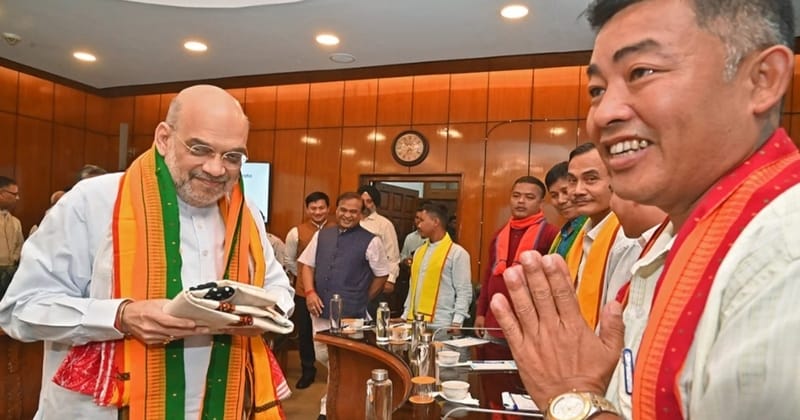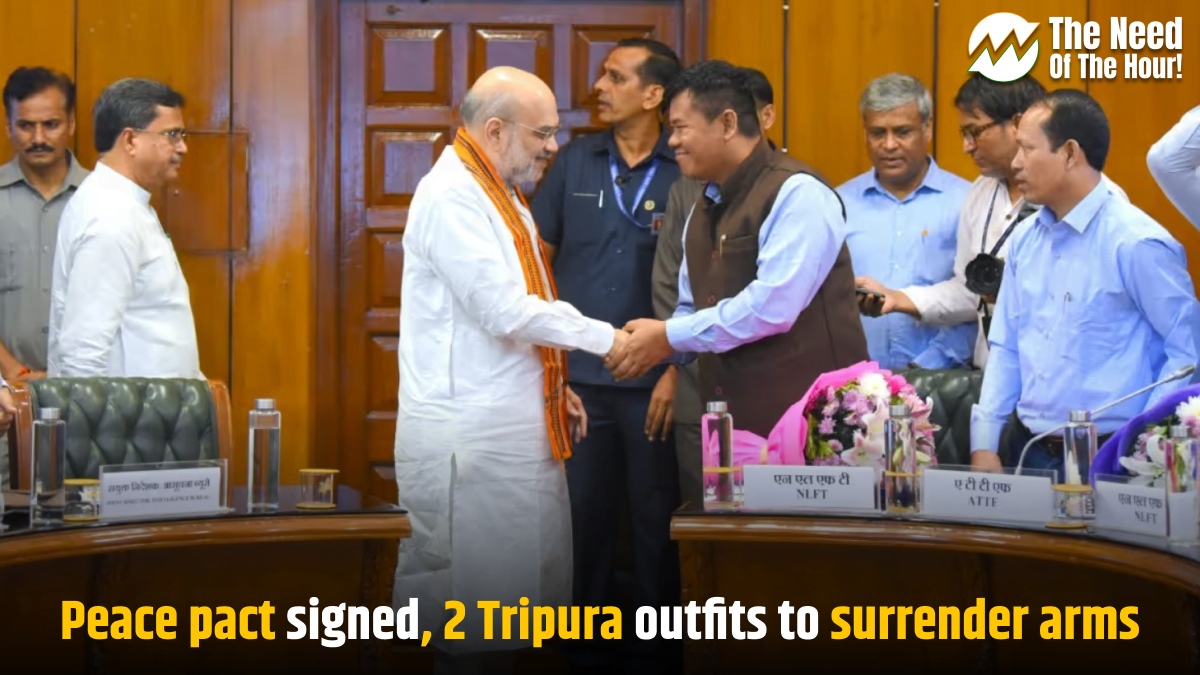As a significant milestone in countering insurgency in India, particularly in the northeastern region, the Indian government, alongside the Tripura state government, has recently achieved a remarkable feat by signing a peace agreement with two insurgent groups: the NLFT and the ATTF. Concluded in September 2024, this pact aims to bring an end to a drawn-out armed rebellion that has long troubled the state. The agreement is expected to usher in peace, order, and development for the region.
Table of Contents
Background of the Insurgency
Key Provisions of the Peace Pact
The 2024 peace pact is now seen as a critical step in ending the protracted conflict in Tripura. Under the agreement, the insurgent groups have committed to the following:
- Surrender of Arms: More than 300 armed militants from the NLFT and ATTF factions have surrendered their weapons as part of the rehabilitation process. This marks significant progress toward achieving the state’s goal of de-escalation.
- Rehabilitation and Reintegration: Surrendered militants will undergo a process of de-radicalization and be reintegrated into society. They will receive opportunities to acquire practical skills, learn how to earn a livelihood, and receive financial support to ease their transition back into civilian life.
- Development Package: The Government of India has promised a holistic development plan for Tripura’s tribal communities. This package includes infrastructure development, job creation, and improvements in healthcare and education, addressing long-standing demands from the tribal population.
- Security Guarantees: The insurgent groups have agreed to adopt non-violent means and work within the democratic process. In return, the government has committed to providing protective measures to ensure a smooth transition and avoid any confusion during the shift to peace.

Impact on Tripura
The peace pact is expected to transform Tripura’s security landscape, which has long been marred by instability. For many years, the insurgency, marked by armed conflict, hindered development and investment in the state. With the cessation of hostilities, there is renewed hope for peaceful relations, economic growth, and external investments. This is crucial for a region whose economy has been severely weakened by years of conflict.
The agreement aligns with the central government’s broader policy of using dialogue to resolve conflicts in the northeastern states. This approach has seen success in Nagaland, Mizoram, and, more recently, Assam.
Read this also: Recession Bites: IIM-A Salaries Drop 50%, IITs See 33% Decline
Path Forward
While the peace deal is a welcome development, achieving lasting peace will require sustained commitment, not only from the government but from all stakeholders. The successful rehabilitation of former militants and the effective utilization of development resources will be vital in maintaining peace in Tripura.
For now, the people of Tripura can rejoice as they begin a new chapter in their state’s history, looking forward to a better future built on unity and cooperation.











